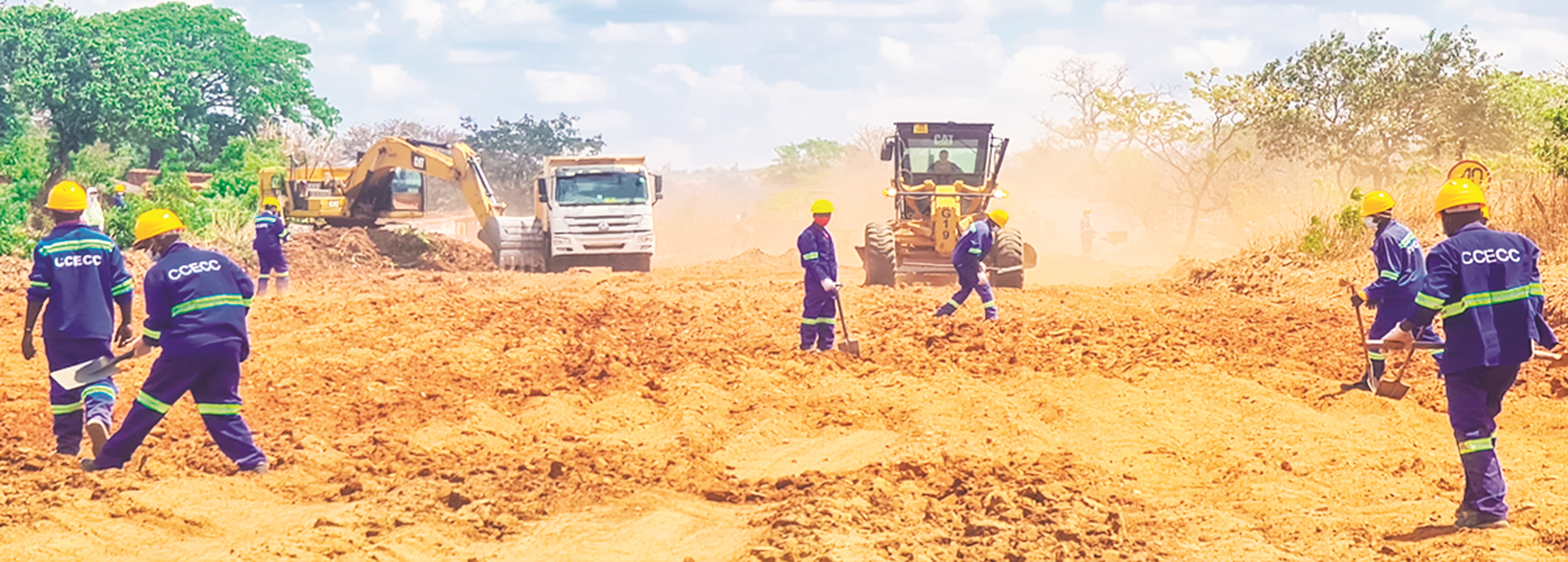
Mining & Trade News
Malawi Online News
Top Stories
Transport
Roads Authority reports progress on Makanjira road construction
August 01, 2025 / Modester Mwalija

Roads handle 70% of internal freight
Malawi’s Roads Authority has announced significant progress in the construction of the Chingo-Makanjira (S129) Road Project, with Phase I completed and Phase II set to commence.
The 95.65-kilometre road, will run along the southeastern shoreline of Lake Malawi, connecting Chingo Trading Centre to Makanjira Trading Centre, passing through key rural communities such as Mgoza, Mwanjati, Mdala, wa Bakili, Malindi, and Upile.
CEO of the Roads Authority, Engineer Ammiel Champiti, says in a statement that the total estimated cost of the project is US$77 million. Of this, US$28 million has been secured from the World Bank under the Regional Climate Resilience Program (RCRP Phase II).
“The remaining US$49.6 million is a joint contribution from the Saudi Fund for Development, OPEC Fund, and Kuwait Fund”, he says.
Champiti explains that all necessary funding has been secured and implementation is proceeding according to the requirements of all financing partners.
“We are pleased to report that the Saudi Fund for Development has issued a No Objection for the procurement of the design review and construction supervision consultant, a major step towards full implementation,” says Champiti.
Phase I of the project involved the successful reconstruction of the Litisa Reinforced Concrete Bridge, funded by the African Development Bank (AfDB) under the Post-Cyclone Idai and Kenneth Emergency Recovery and Resilience Project (PCIREP). The bridge is now under a one-year defects liability period.
Phase II will focus on remedial access works between Chingo and Makanjira, including culvert installation and preparatory earthworks.
Makanjira area, which has been struggling due to poor condition of the access road, is an agricultural area and has also a lot of small scale mining activities mainly involving the extraction of gold and other precious ores such as corundum. Roads, which handle more than 70% of internal freight traffic and 99% of passenger traffic, are the country’s most dominant mode of transport. Road transport is also important for international trade as it handles more than 90% of freight and passenger traffic for Malawi.
Malawi’s major imports include fuel and fertilizer which are mainly hauled by road through the seaports of Nacala and Beira in Mozambique, and Dar es slaam in Tanzania. Malawi’s other modes of transport include rail and water transport in Lake Malawi































